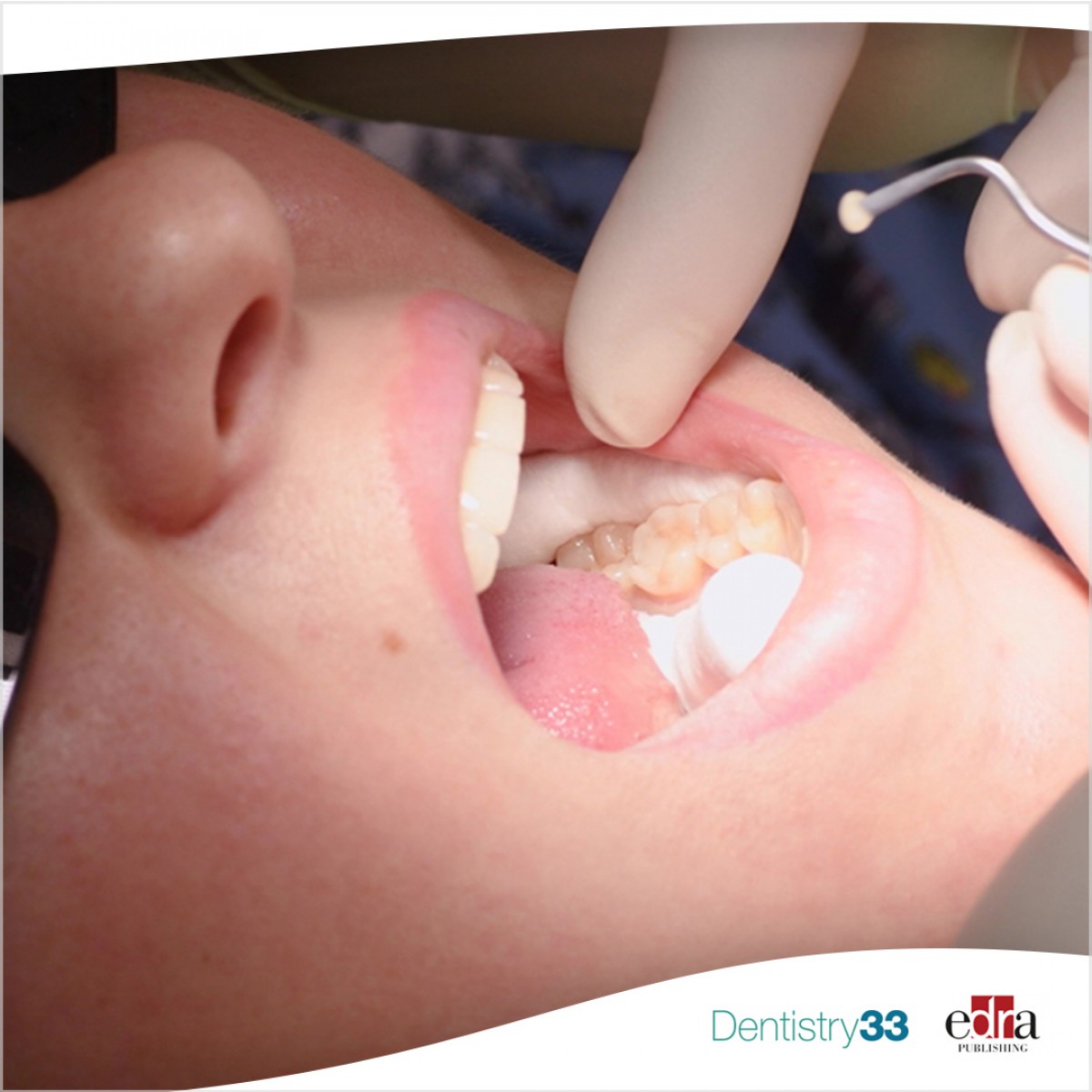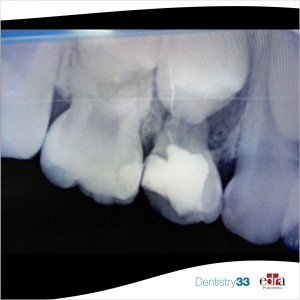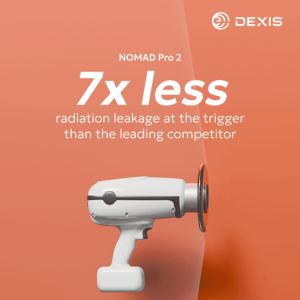
Effect of pre-heating on surface wear, color stability of bulk-fill and conventional resin composites
Lorenzo Breschi
Introduction: Composite resins are widely used in daily clinical practice thanks to their increasingly performant physio-mechanical properties. Incremental layering of conventional resin composites — up to 2 mm-thick each layer — has been recommended to reduce the shrinkage stresses derived from polymerization mechanism. However, the incremental technique results to be operator-sensitive and time-consuming.
Bulk-fill resin composites have been designed to simplify and improve the restorative procedures: they allow thicker increments — more than 2 mm and up to 4-5 mm — without compromising the polymerization shrinkage and degree of conversion. High-viscosity bulk-fill resin composites have excellent mechanical and optical properties, while they are limited in terms of wettability and cavity adaptation because of their reduced flowability. Pre-heating (PH) resin composites before application has become a popular technique in many dental branches to reduce the viscosity and improve the marginal adaptation and microleakage. Moreover, increasing the temperature of the resin composites has been shown to maximize polymerization and increase surface hardness.
However, the effects of PH on the optical properties, wear resistance and clinical performance of bulk-fill resin composites have yet to be investigated. In this regard, Abdulmajeed et al. have conducted an in vitro study to evaluate the effect of PH on wear and color stability of high-viscosity bulk-fill resin composites vs. conventional resin composites.
Materials and methods: 32 disc-shaped specimens (10×3 mm) were prepared with Filtek One Bulk Fill Restorative (FOBFR, 3M ESPE) and Filtek Supreme Ultra (FSU, 3M ESPE) (n=16) to determine wear. Subgroups were formed (n=8) according to preparation conditions, respectively PH and room temperature (RT).
A chewing simulator (CS-4.8, SD Mechatronik) with simultaneous thermocycling (120.000 cycles, 5°C-55°C) was applied to specimens and volumetric material loss was calculated using a laser scanner (LAS-20, SD Mechatronik) and three-dimensional imaging software (Geomagic, 3D Systems).
Additional 128 disc-shaped specimens (10×1 mm) were prepared with FOBFR and FSU (n=64) and randomly divided into groups according to preparation conditions (PH and RT) to determine color stability (n=32). Specimens were aged for 14 days in coffee, grape juice, distilled water and thermocycling (20.000 cycles, 5°C–55°C). The lightness (L), chroma (C) and hue (H) values were measured at baseline and after 14 days to determine color changes, using the CIEDE2000 formula. All data were statistically analysed using analysis of variance (ANOVA) at a 95% confidence interval (p<0.05).
Results: In both the PH and RT groups, FSU exhibited greater wear than FOBFR (p<0.05). When compared with the RT groups, the PH groups of both materials showed increased material volumetric loss (p<0.05). A significant difference in color change based on the aging solution was observed (p<0.05) when controlling for time and resin composite type, except for deionized water and thermocycling (p>0.05). PH had no effect on the color stability of the resin composite at any time (p<0.05).
Conclusion: The authors concluded that high-viscosity bulk-fill resin composites exceeded conventional resin composites in terms of wear resistance, while displaying a similar color stability. Moreover, aging solutions significantly influenced the color stability of both materials, with coffee determining the most significant effect. Finally, PH may increase volumetric wear irrespective of the material type, but it has no effect on color stability.
Abdulmajeed AA, Suliman AA, Selivany BJ, Altitinchi A, Sulaiman TA. “Wear and Color Stability of Preheated Bulk-fill and Conventional Resin Composites.” Oper Dent. 2022 Sep 1;47(5):585-592. Doi: 10.2341/21-077-L. PMID: 36136611.
 Related articles
Related articles
News 15 January 2025
Pulpdent Introduces Next-Generation Bulk-Fill Dental Restorative: ACTIVA BioACTIVE Bulk Flow
Pulpdent Corporation is pleased to announce a new addition to its flagship ACTIVA line of groundbreaking dental restorative materials: ACTIVA BioACTIVE Bulk Flow
Pediatric dentistry 16 May 2022
Primary Molars Restorations: Flowable Bulk-fill Materials VS Nano Ceramic Composites
One of the most common materials for the restoration of primary teeth are glass ionomer cements (GIC), because of their time-saving feature. Nonetheless their...
Despite its reputation as the most widely used restorative dental material currently, resin-based materials have acknowledged shortcomings.
Restorative dentistry 10 November 2022
Resin composite blocks for indirect restoration: which material to choose for luting procedures?
Resin composite materials, with their excellent mechanical properties and aesthetic properties, are now considered the materials of choice in dental restorations.
Resin composite materials, with their excellent mechanical properties and aesthetic properties, are now considered the materials of choice in dental restorations. In addition to direct fillings,...
 Read more
Read more
News 28 November 2025
Flex Dental Solutions, a leading patient-engagement software and authorized integration vendor for Open Dental users, today announced a new strategic relationship with DentalHQ, a premier...
News 28 November 2025
The Accreditation Association for Ambulatory Health Care (AAAHC) has accredited two additional U.S. Oral Surgery Management (USOSM) partner practices. They are North Sound Oral & Facial Surgery...
Pediatric dentistry 28 November 2025
Retrospective Review of Pediatric Oral Lesions from a Dental School Biopsy Service
This report presents a review of the results from 5457 biopsies of patients, 0-16 years of age, received over 15 years at the University of the Pacific School of Dentistry
Editorials 28 November 2025
RE-JOIN research project receives $1.4 million extension to advance joint pain research
A research team co-led by University of Michigan School of Dentistry faculty member Joshua Emrick has received substantial extended funding from the National Institutes of Health (NIH), paving the...
Products 28 November 2025
DEXIS has announced the results of new independent radiation testing for its handheld, portable X-ray system, NOMAD™ Pro 2.















